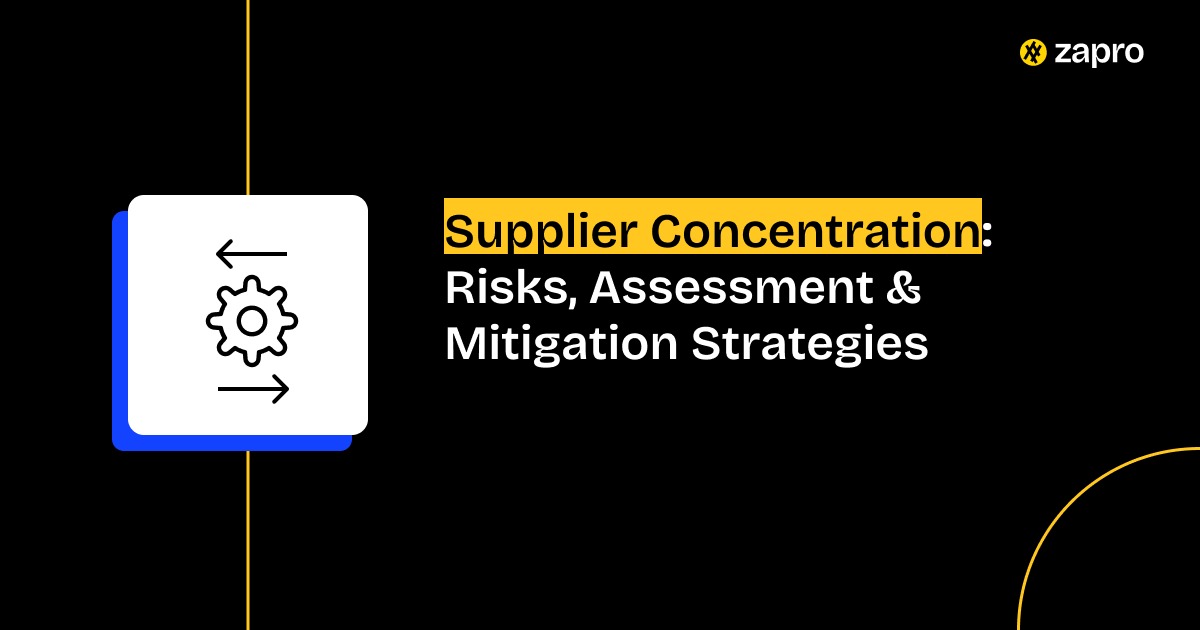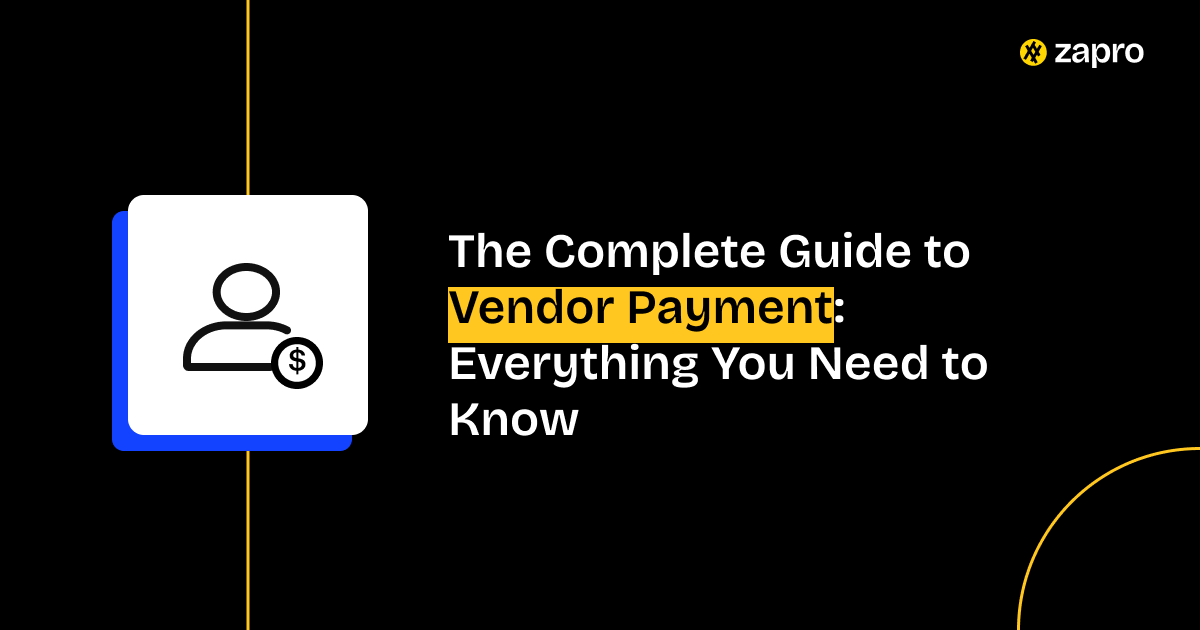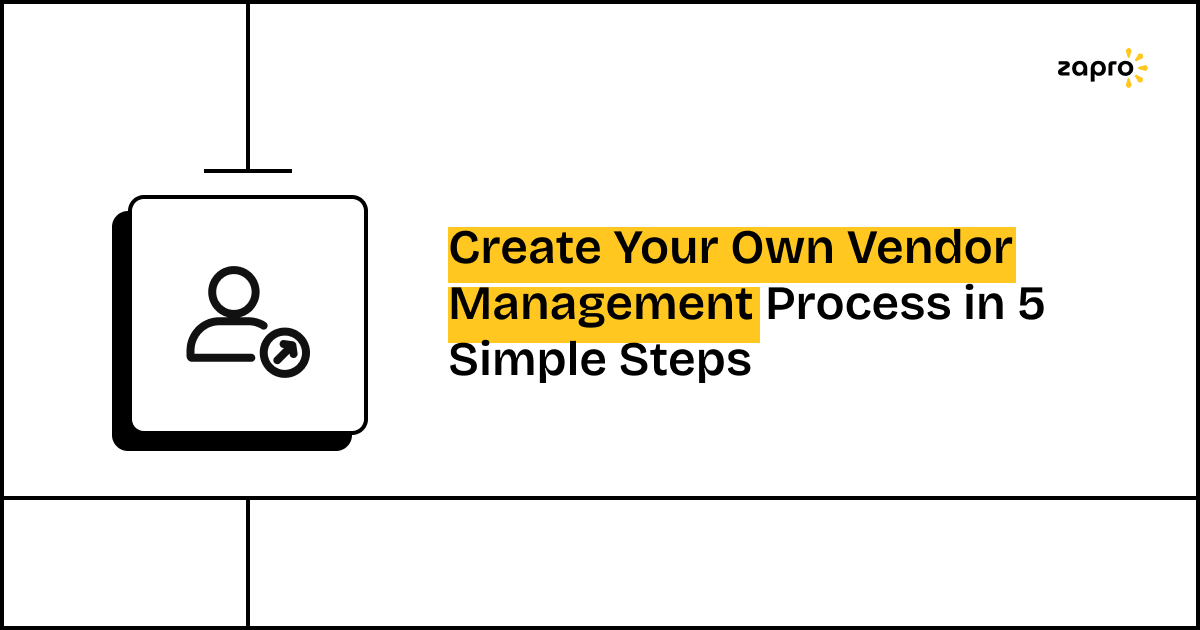The volatile business-world environment demands procurement functions to move beyond basic cost-effective product sourcing. The function has evolved into a vital operational element which affects business survival and regulatory adherence and financial success. Procurement Risk Management stands as the core discipline which enables organizations to prepare for unexpected events.
What is Procurement Risk Management?
The practice of Procurement Risk Management involves identifying, analyzing, mitigating, and monitoring potential threats which could disrupt procurement lifecycle operations. The procurement lifecycle contains multiple steps that naturally present risks which will grow rapidly unless proper attention is given to their management.
The focus of procurement risk management differs from general supply chain risk because it targets the acquisition processes and decisions for goods and services. The importance of procurement risk management has surged dramatically because of rising globalization and complex regulatory environments and increasing disruptions including pandemics and geopolitical unrest and supplier failures.
Types of Risks in the End-to-End Procurement Journey
A comprehensive procurement risk strategy requires first identifying all potential risk categories which appear during the procurement lifecycle.
1. Supplier Risk
- The financial instability of suppliers leads to delayed payments and missed delivery times.
- The procurement process faces challenges because suppliers fail to meet their performance expectations regarding deadlines and product quality and service delivery.
- The discovery of unethical labor practices together with environmental violations and governance scandals leads to negative impacts on reputation.
2. Operational Risk
- The organization faces delays because its internal workflows operate inefficiently.
- The organization faces challenges because its systems lack integration and its tools are outdated.
- The execution process faces disruptions because of insufficient human or material resources.
3. Financial Risk
- The volatility of currencies presents a major challenge when companies source products from different countries.
- The prices of raw materials and services experience sudden increases which create financial challenges.
- Maverick Spend refers to unauthorized purchases made outside of contract controls.
4. Compliance & Regulatory Risk
- The failure to follow internal policies and laws and industry regulations constitutes non-adherence.
- The failure of suppliers to meet sustainability or ethical standards constitutes ESG Violations.
5. Geopolitical/External Risk
- The supply chain faces disruptions because of natural disasters including earthquakes and floods and other types of disturbances.
- The business operations of companies face challenges because of trade wars and embargoes and regulatory changes.
- The COVID-19 pandemic demonstrated how global health crises can severely disrupt supply chain operations.

“A McKinsey report found that supply chain disruptions—often rooted in procurement risks—can erase up to 45% of annual profits over a decade.”
– McKinsey
The Procurement Risk Management Framework
The process of procurement risk management operates as a permanent cycle which consists of four essential stages.
1. Risk Identification
Internal data combined with supplier assessments and market intelligence enables proactive risk detection before risks become actual problems.
2. Risk Assessment & Analysis
The identified risks need to be quantified through probability and impact assessment. Risk prioritization should use heat maps or risk matrices as tools for evaluation.
3. Risk Mitigation Strategies
The implementation of preventive and reactive strategies should be designed to address the identified risks. The risk mitigation strategies include supplier diversification together with contract clauses and insurance and shifting sourcing to different geographic locations.
4. Risk Monitoring & Reporting
The implementation of real-time monitoring systems along with reporting tools helps organizations detect new risks and track existing ones. Audits together with KPIs serve as essential components for this process.
Best Practices for Building a Resilient Procurement Function
Diversified Sourcing: Reduce dependency on a single supplier or region. The implementation of robust contracts should contain both risk-mitigation clauses and performance metrics.
Continuous Monitoring: Regular audits, data reviews, and performance tracking.
Supplier Collaboration: Establish strong relationships with key suppliers for better visibility and shared risk.
Robust Contracts: Include risk-mitigation clauses and performance metrics.
Technology Adoption: Use digital tools for automation and insight.
“In procurement, resilience is the new efficiency. Understanding and mitigating risks proactively is paramount for long-term success,” says Nora Neira, Head of Supply Chain at Global Enterprises.
The Role of Technology in Procurement Risk Management
Technology transforms procurement operations by shifting them from reactive to proactive practices.
- The combination of AI and Predictive Analytics enables organizations to predict when suppliers will fail and markets will experience disruptions.
- The implementation of Blockchain technology enhances both contract integrity and traceability capabilities.
- Cloud Platforms provide real-time collaboration and monitoring capabilities to users.
- Automated Alerts function as early warning systems which identify compliance breaches and late deliveries before they become major issues.
Trend Alert: Risk intelligence platforms powered by artificial intelligence enable procurement teams to identify vulnerabilities which prevent disruptions from occurring.
How Zapro.ai Empowers Your Procurement Risk Management
Zapro.ai offers a fully integrated suite of features designed to help organizations take control of procurement risks from end to end.
Key Features in Zapro for Proactive Risk Mitigation
- Vendor Blacklisting & Due Diligence: Screen suppliers before onboarding.
- Compliance Workflows: Ensure adherence to internal policies and external regulations.
- Performance Scorecards: Track vendor performance across SLAs, delivery metrics, and quality.
- Contract Management: Centralize contracts with risk clauses and expiration alerts.
- Audit Trails: Maintain a tamper-proof record of all procurement activities.
Case Study: How Zapro Helped Acme Corp Reduce Supplier Risk by 30%
Facing recurring delays and inconsistent supplier quality, Acme Corp implemented Zapro.ai’s risk intelligence and contract management modules. Within 6 months:
- Late deliveries dropped by 45%
- Contract compliance rose to 98%
- Supplier risk scores improved across 80% of the base
Zapro.ai empowered the team with real-time visibility and data-backed insights to proactively manage and improve supplier relationships.
Calculating the ROI of Procurement Risk Management with Zapro.ai
Investing in risk management may not seem like a revenue-generating activity—but the savings and value it unlocks are significant:
- Cost Avoidance: Prevent compliance fines, chargebacks, and emergency sourcing costs.
- Productivity Gains: Less time spent managing issues means more time for strategic work.
- Reputation Protection: Avoid crises that could damage brand value.
Try Zapro.ai’s ROI Calculator to quantify your potential savings.
Choosing the Right Tool for End-to-End Procurement Risk Management
When evaluating platforms, look for:
- Risk-Specific Capabilities: Vendor checks, compliance, monitoring.
- Integration: Ability to connect with your ERP or finance systems.
- Scalable Reporting: Dashboards, alerts, and analytics.
- Ease of Use: Intuitive interface and customizable workflows.
Why Zapro.ai is the Essential Partner for Risk-Resilient Procurement
Zapro.ai isn’t just a platform—it’s your partner in building a procurement function that’s:
- Resilient: With real-time monitoring and proactive alerts
- Compliant: Automated workflows ensure policy and regulatory adherence
- Efficient: AI and automation streamline repetitive tasks
Explore more at zapro.ai or contact us for a demo.
Take Control of Procurement Risks — Start Building a Safer Supply Chain Today!

Frequently Asked Questions (FAQs)
1. What is supplier risk management?
The evaluation and management of supplier-related risks which include performance risks and ethical risks and financial risks form the basis of supplier risk management. Your business needs to protect itself from unreliable partners through this process which aims to prevent disruptions.
2. How do you identify procurement risks?
The detection of risks occurs through audits and supplier reviews and market insights and automated alerts. The detection of issues at an early stage depends heavily on technological solutions.
3. What is maverick spend and how is it a risk?
Maverick spend occurs when employees make purchases through unauthorized methods that deviate from established approval procedures and contracts. The practice of maverick spend results in higher costs while evading control measures and generates compliance issues.
4. How does compliance relate to procurement risk?
The failure of procurement to follow laws and internal policies results in fines and legal issues and damages the company reputation. The practice of compliance helps organizations prevent unnecessary risks.
5. Can small businesses effectively manage procurement risk?
Absolutely. The procurement risk management capabilities of Zapro.ai enable small teams to monitor and control risks through scalable platforms which do not require extensive resources.
6. What are the latest trends in procurement risk management?
The combination of AI-powered insights with ESG compliance scoring and real-time supplier tracking systems represents a new generation of procurement risk reduction solutions.Ready to build a risk-resilient procurement function?
Explore Zapro.ai’s Risk Management Solutions today.
Don’t miss our weekly updates
We’ll email you 1-3 times per week—and never share your information.

 Healthcare
Healthcare Financial Services
Financial Services Technology
Technology Venture Capitalist
Venture Capitalist Chief Procurement Officer
Chief Procurement Officer Chief Financial Officer
Chief Financial Officer




